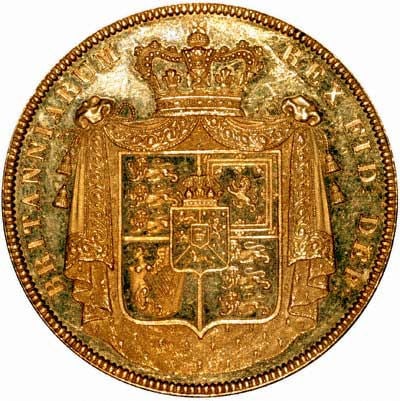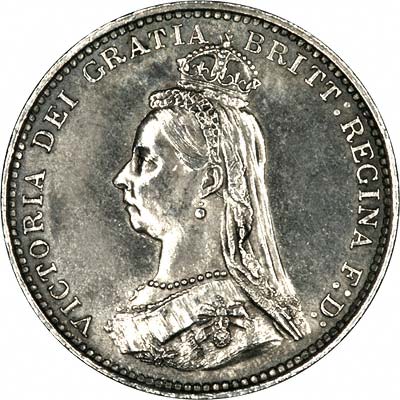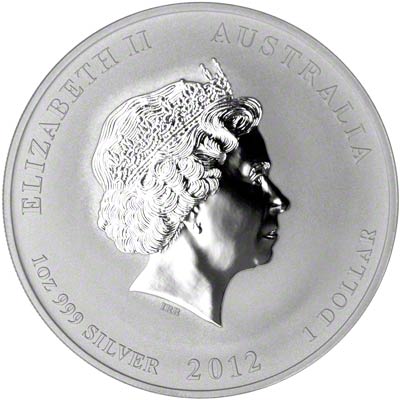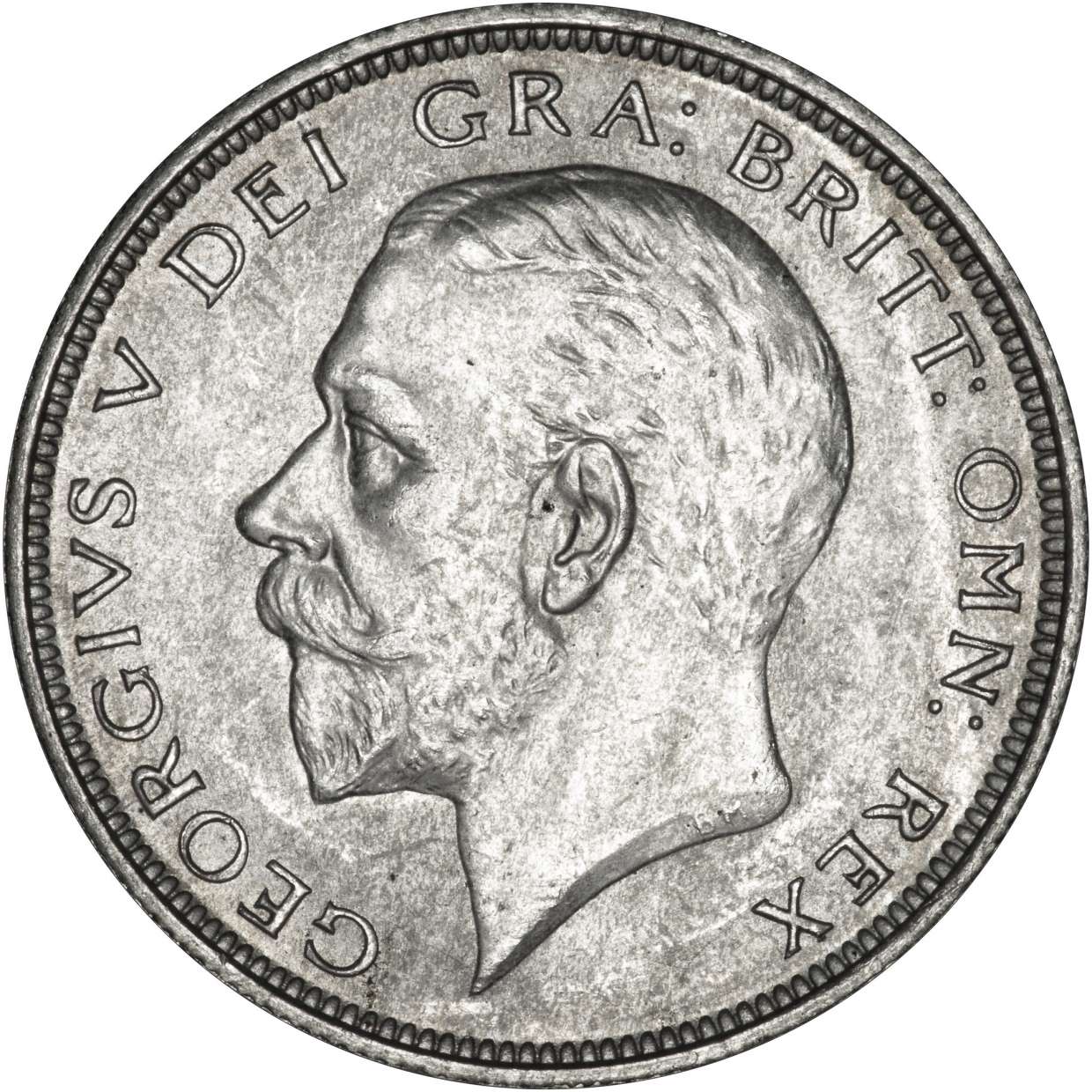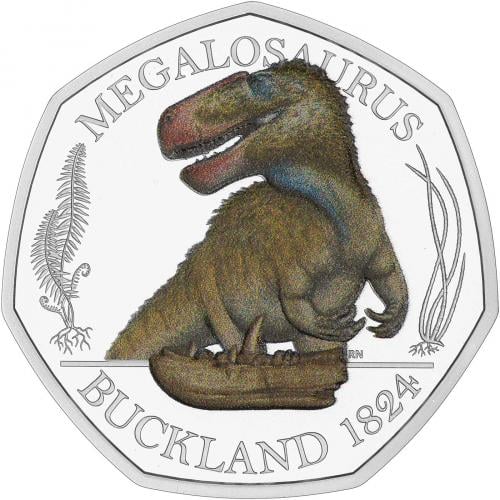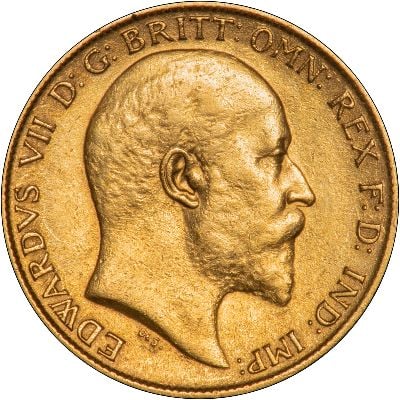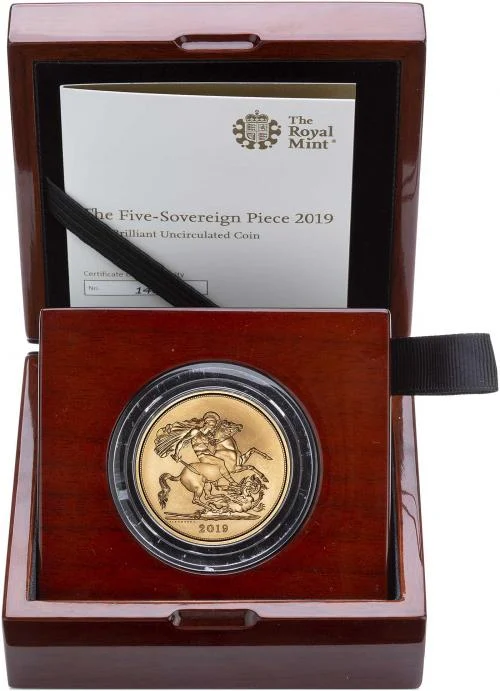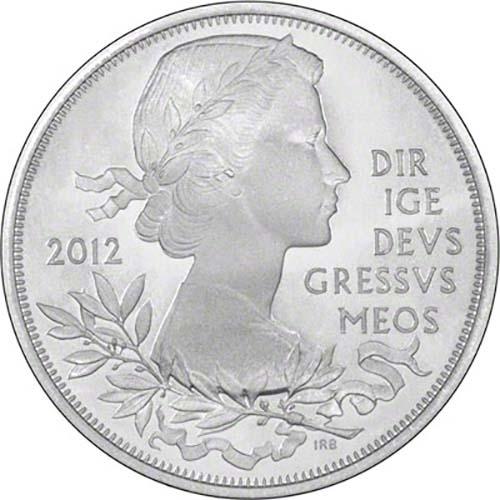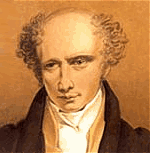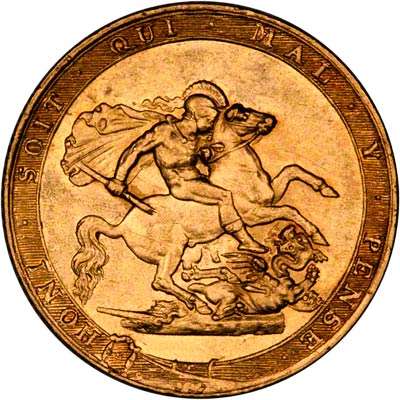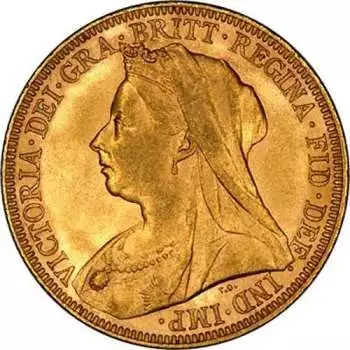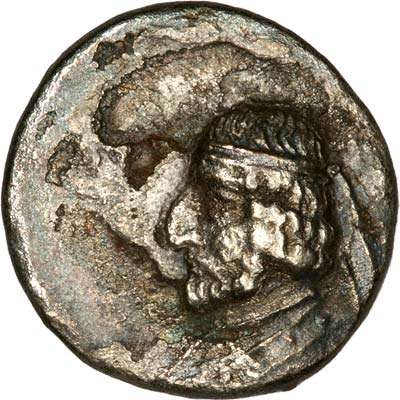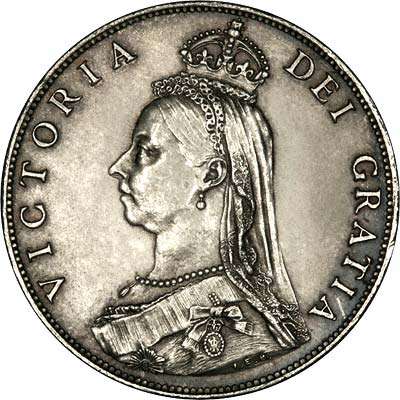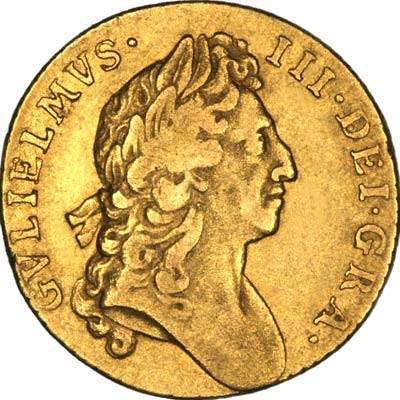How Rare is My Coin?
Synopsis
Every day, we receive enquires about rare coins and are asked, 'how much they are worth?'. Most of the time the coins are not rare and are not valued at more than their denomination.
However, occasionally a coin will be worth many times the face value and that's when we you could be 'in the money'!
We have recently collaborated with GoCompare on a project called Coining It In where we selected 50 coins that have increased in value since 1900. It was difficult to limit it to only 50, we could easily have doubled or trebled that figure.

What Makes a Coin Rare?
Rare coins are usually coins which have a low mintage, an error or unusual feature. Demand will always be a big factor in how much these coins are worth. If someone really wants that coin they will pay more, but if there are several to choose from, collectors will always go for the coin in the best condition. Condition is very important, catalogue prices can differ greatly between a Fine and an Uncirculated grade.
Low Mintage
An example of a low mintage coin is the 1921 George V Melbourne mint sovereign.
Sovereigns - The Original Pound Coin
Introduced in 1817, they were used as coinage until they were gradually replaced with banknotes in Britain during the First World War. The government asked the public to hand in their gold coins to be melted down to help to finance the war effort in exchange for treasury notes. People quickly grew used to banknotes although sovereigns were still used as circulation currency in countries such as Australia, Canada and South Africa.
Only 240,121 sovereigns were produced by the Australian Melbourne branch mint in 1921. The catalogue price for this sovereign in an uncirculated grade is £17,000. In a fine grade, this drops down to £4,500. In comparison, the Perth mint issued 2,314,360 sovereigns in the same year; an uncirculated Perth mint sovereign is valued at £425.
Bearing in mind, that this sovereign was issued for circulation as a pound coin, this means if you have a 1921 George V Melbourne mint sovereign in uncirculated condition, it has increased in value by 42,084%.
Wreath Crowns
Another coin which has increased in value since it was first issued is the 1934 George V Wreath Crown.
Wreath crowns were produced towards the end of King George V's reign between 1927 to 1936, they all were issued with low mintages but the 1934 coin is the coin collector's favourite. Only 932 Wreath crowns were minted in 1934, these silver coins had a face value of 5 shillings. In an uncirculated grade this coin is valued at £5,750; an increase in value of 35,504%!
Watch out though, we have seen counterfeit or altered coins for quite a few of these older 'rare' coins.
Modern Coins with Low Mintage
EU 50 Pence Piece
A modern low mintage coin is the 1992-1993 fifty pence which was issued to mark the United Kingdom's Presidency of the European Community and the completion of the Single European Market.
Only 109,000 1992-1993 fifty pences were issued for circulation, these are highly sought after by collectors who will pay over £35 for these coins; an increase of 3,508%.
The Highly Sought After Kew Gardens 50p
Another favourite with collectors is the 2009 Kew Gardens fifty pence. 210,000 uncirculated fifty pence coins were issued to celebrate the 250th Anniversary of the Foundation of the Royal Botanic Gardens in Kew. In 2014, the media reported that this coin was rare, we sold out of all our stock including silver proof coins and all the coins in sets overnight. We occasionally buy these coins in and sell the uncirculated ones for £6.50 - a bargain! Ask to go on our Wish List but be warned, there may be quite a wait.
Proof Peter Rabbit 50p - Coloured Finish
The 2016 Peter Rabbit Coloured Silver Proof Fifty Pence was probably the most popular fifty pence for years. This coin was issued with a 'limited presentation' of 15,000 coins; this does not mean that only 15,000 will be minted - this figure refers to the amount that will be presented in the Perspex block. Recently The Royal Mint released a gift set which included in the coloured silver proof and a small book. The set was on sale for £500 and sold out quickly.
The Uncirculated Peter Rabbit 50p
Have you found one of the 2016 Peter Rabbit uncirculated fifty pences in your change yet? Many of these have been sold on auction sites such as eBay for over £20. We sell the Brilliant Uncirculated version of this coin in a presentation pack for £9 so try not to get caught up in hype and pay too much.
Error Coins
Coins with errors such as overdates, inverted letters, or mules; when incorrect dies or the wrong inscriptions are all popular with coin collectors. Often these coins will be scarce, sometimes they will not even have been registered with catalogues such as Spink or Krause. At Chard, we particularly enjoy discovering sovereign errors and have a wide range of coins featuring many overdates and letter errors.
Overdates and Inverted Letters on Coins
An overdate occurs on a coin when one date is struck over another, by repunching one date over the original date on the die. This usually happened when the mint tried to economise on die use at the end of a calendar year, but it was also used to correct errors. The letters for the inscription and the numerals for the date would be set by hand, these were tiny and fiddly so it is easy to see how mistakes could have happened.
Here are some examples to look out for:

1880/1870 Overdate
The 1880 young head Victoria sovereign with St George and Dragon reverse is struck with 1880/1870. Even more interestingly, it comes in two different varieties, with and without the engraver's initials B.P.
1865/1864 Overdate
The date of this 1865 sovereign appears to be double-struck or punched. The 6 appears to be struck over another numeral, possibly a 4 on its side. The 5 also appears to be punched over some other numeral.

1858/1857 Overdate
1858 over 1857 overdate on a Victoria Young Head copper halfpenny. The whole date appears to be double-struck, as do some of the border denticles (teeth), but there is also a clear serif and horizontal stroke below the final 8 of the date. This means that the original die, dated 1857, was overstamped to change it into 1858, before using it for striking coins.

Overdates and inverted letters were fairly common among British coins of Victoria, but are still interesting and generally scarcer than their non-altered counterparts.

Inverted A Instead of V in VICTORIA
1880 Victoria Young Head Sydney Mint Sovereign Inverted A instead of V in VICTORIA

Inverted 1
1843 Victoria Young Head Sovereign Inverted 1 in BRITANNIARUM
Overdates and inverted letters were fairly common among British coins of Victoria, but are still interesting and generally scarcer than their non-altered counterparts.
Mules
A mule, is a coin where the obverse and reverse of the coin have been struck from dies which were not meant to be paired together; this can be an intentional action or a production error. The latter error becomes highly sought after and collectors can be willing to pay highly for examples of these coins.
Mule Britannia
In 2014, a new bullion coin was released, the 2014 Royal Mint Lunar Year of the Horse 1oz silver coin. After the coins had been released it was noticed that both the Lunar and the Britannia coins had been struck with the wrong dies. The plain edge obverse of the Lunar coin was struck with the denticled reverse of the Britannia and the denticled obverse of the Britannia had been struck with the die for the reverse of the plain edged Lunar.
The Britannia-Lunar mule can be identified by the absence of the denticles (the "tooth" like design around the edge of the coin) on the obverse of the Britannia mule. The opposite can be said for the lunar mule. The reverse shows denticles on the coin (Britannia die) and the obverse, the denticles are not present.
It is thought that there are 17,000 Britannia mules in circulation and 38,000 of the Lunar mules.
2014 Britannia Mule - Mule Britanniatle

2014 Lunar Year of the Horse Mule

In 1994, the Royal Mint issued a gold proof two pound coin to commemorate the 300th Anniversary of the Bank of England. The commemorative coin has a mintage of 1,000 and the original issue price was £295. However, a small number of coins, thought to be approx 500, were struck with the 1994 double sovereign obverse instead of the commemorative obverse. The correct pairing has an obverse which features TWO POUNDS on the front of the coin. The error coin is catalogued at £2,500, whilst the regular coin is £650.
Errors on Edge Inscriptions
Coins with "upside down" edge inscriptions aren't worth more than those with edge text facing upwards.
The writing on the side of a coin is called the edge inscription. Many coins, particularly circulation coins, feature edge inscriptions which can be aligned either way. They may face the direction of the front of the coin (the obverse) or the back of the coin (the reverse). The reason for the difference in alignment can be explained by the process in which the coins are produced. The edge inscription is rolled onto the coin before the coin is struck, so the variation falls down to which way the coin falls into the press. In UK coins, there are so many ordinary circulation coins being produced - over 700 per minute - it isn't possible for them to all have the same edge alignment. That is why if you compare several £1 and £2 coins, you will notice they don't all have the same edge orientation.
Coins with "upside down" edge inscriptions aren't worth any more than those with edge text facing upwards. Don't be fooled by those you see on auction sites, like eBay, where people offer the 2007 Abolition of the Slave Trade coins for £1,000's. To put it into perspective, roughly half of the coins produced have downwards facing text. 8.45 million coins were produced, so over 4.2 million(!) have upside down edge text. Would anyone ever pay £1,000's for one? No. We never see them actually sell.
2007 Abolition of the Slave Trade Silver Proof £2 Coin
If you are interested in edge inscription errors, look out for the wrong text on the coin. In 2007 there were two commemorative £2 coins issued; Abolition of the Slave Trade and the Acts of Union Between England and Scotland. Some of the Abolition of the Slave Trade coins were struck onto blanks bearing the edge text of the Acts of the Union coin. The Abolition coin should say "AM I NOT A MAN, AND A BROTHER" but instead was replaced with the text from the Acts of Union coin, which says "UNITED INTO ONE KINGDOM". Whilst the correct silver proof coin is sold for £27.50, the error coin can fetch over £1,100.
2005 400th Anniversary of the Gunpowder Plot £2 circulation coin
In 2005, a £2 coin was released to mark the 400th Anniversary of the Gunpowder Plot. A number of coins have been seen with PEMEMBER PEMEMBER edge "error" instead of REMEMBER REMEMBER. It is quite common for edge rolling dies to break or develop faults, so this type of "error" is not as rare as most finders would hope.
An unknown amount of 1997 Bimetalic £2 coins featuring the inscription 'standing on the shoulders of gants' instead of 'giants' were produced. Instead of the error being due to bad spelling, it was more likely caused by the letter 'i' - which is quite thin - was broken off the plate during production. The error does make the coin more interesting but not necessarily worth any more. With the initial hype the coins could command sums way above their face value, but as we do not know how many of the coins were produced (and we have seen quite a few) many coin collectors do not feel that they are worth much more than the £2 face value.
Some older coins with edge inscription errors are often highly collectable. One example of this is the 1844 Victoria Young Head Crown with mistruck edge lettering. Whilst a fine grade coin may fetch £150, an Extra Fine coin is catalogued at £3,500.
Has my Coin Been Struck Upside Down?
People often believe that the reverse of their coin is seemingly 'upside down'. For the most part there is the misconception that because the alignment is different from what the person is used to seeing, the coin must be rare and therefore worth more. It is quite common for older coins to be struck in coin alignment, rather than medal alignment.
Coin Struck In Coin Alignment

Medal Alignment Image

So Start Checking Your Change and Empty Your Cupboards
You may find a modern 'rare' coin in your change, but we suggest looking for the older treasures. Clear the cupboards, check the attic or go through those boxes of old memories. Coin collections are often passed down from relatives so have a look, you might just have found that special coin that could be worth thousands. Good luck!
Related Blog Articles
This guide and its content is copyright of Chard (1964) Ltd - © Chard (1964) Ltd 2024. All rights reserved. Any redistribution or reproduction of part or all of the contents in any form is prohibited.
We are not financial advisers and we would always recommend that you consult with one prior to making any investment decision.
You can read more about copyright or our advice disclaimer on these links.











